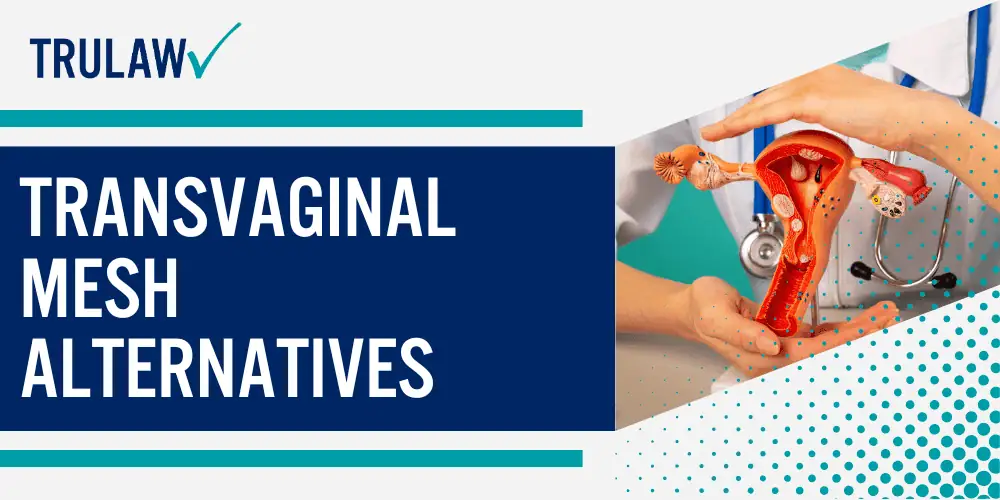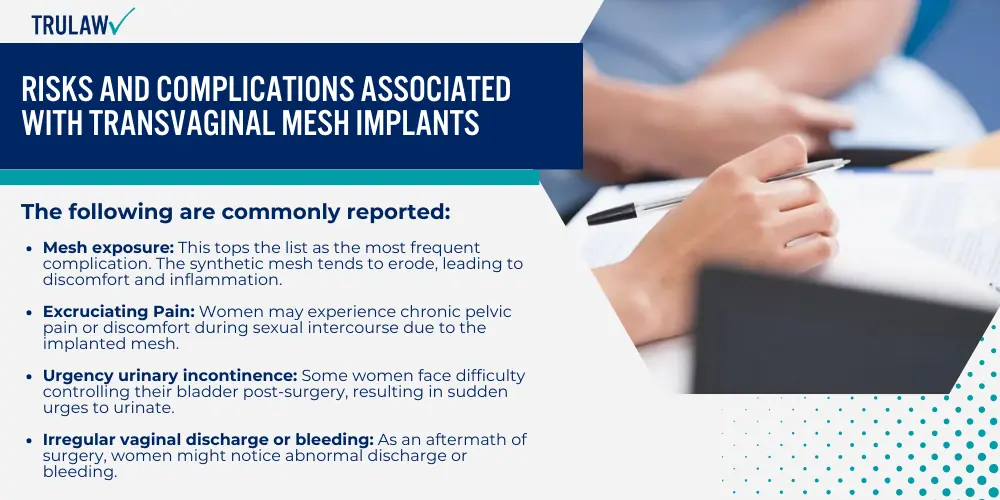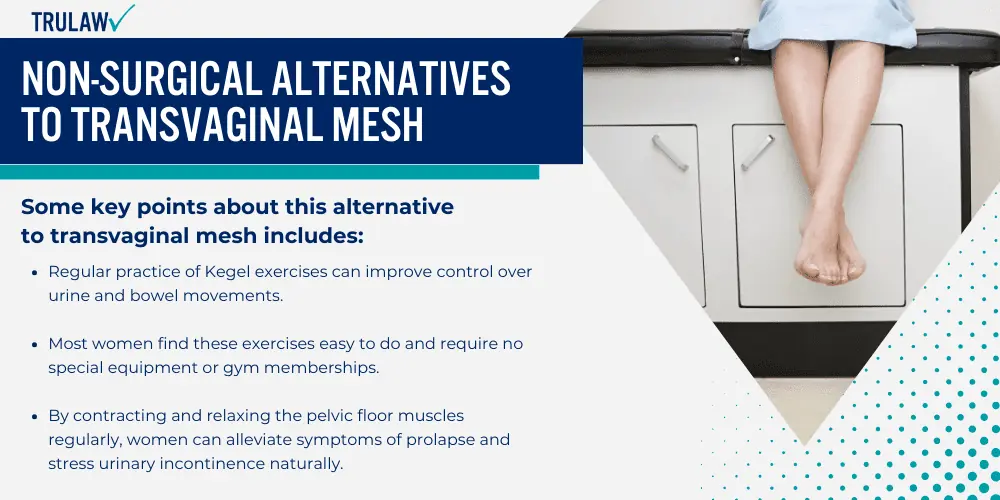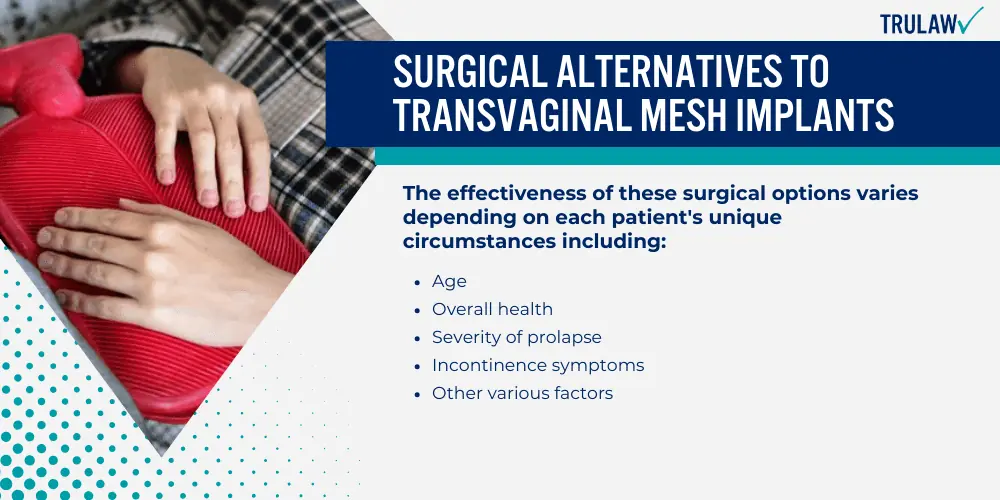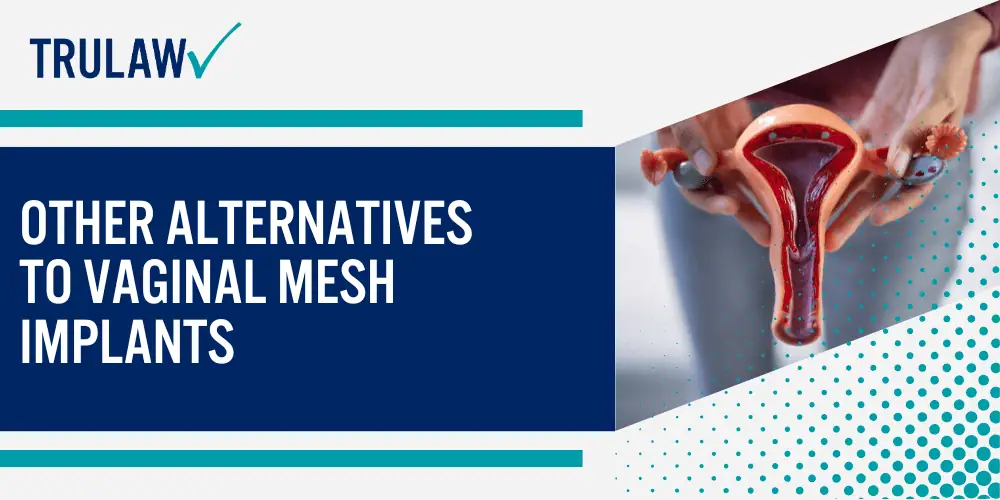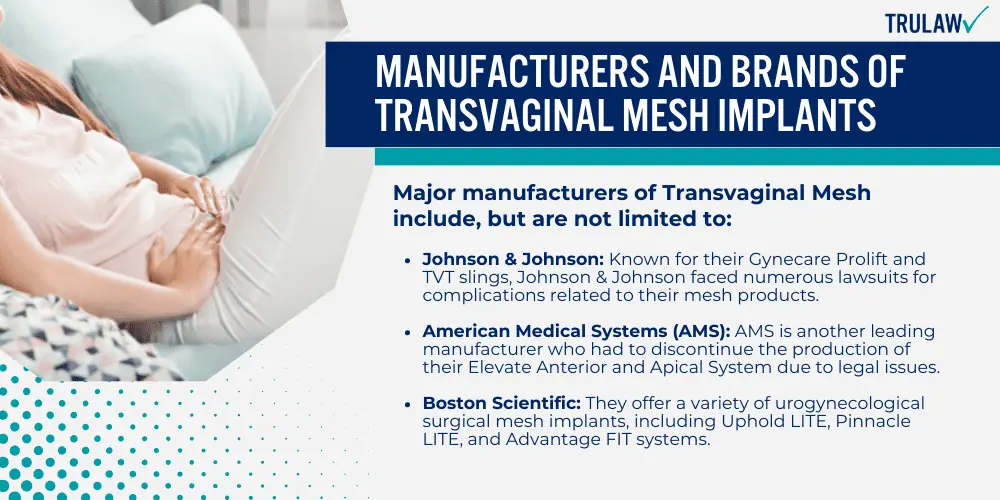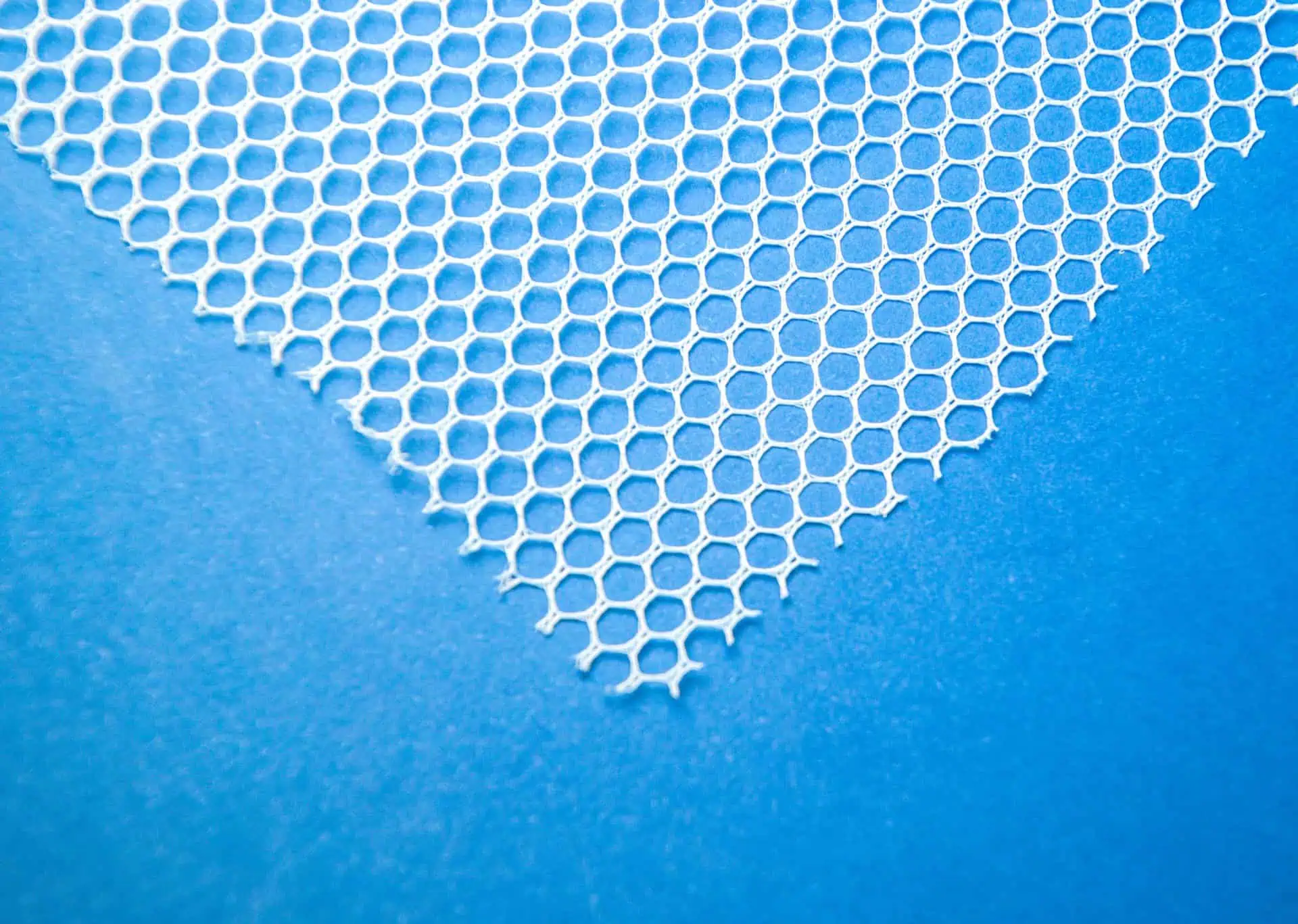Native Tissue Repair
Native tissue repair is a surgical treatment that uses the patient’s own tissue to repair pelvic organ prolapse.
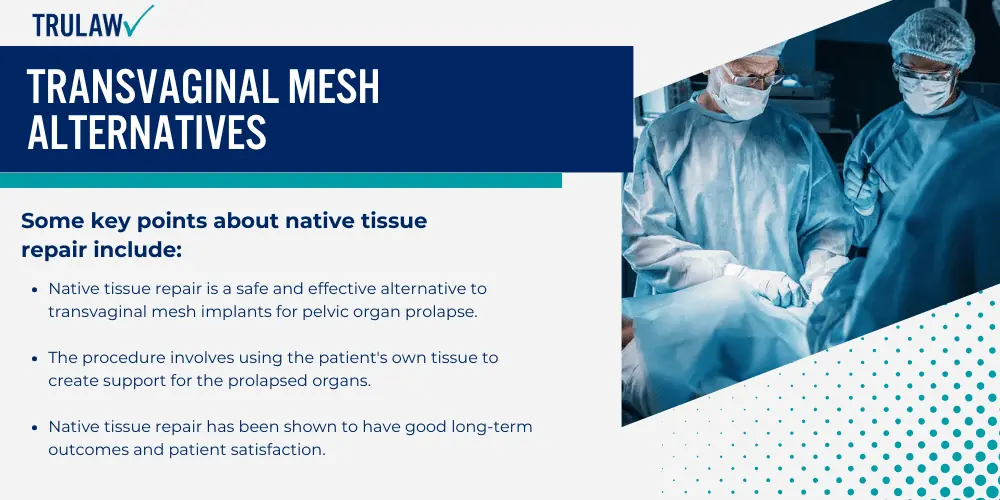
This approach avoids the use of synthetic mesh and can provide effective support for the prolapsed organs.
Some key points about native tissue repair include:
- Native tissue repair is a safe and effective alternative to transvaginal mesh implants for pelvic organ prolapse.
- The procedure involves using the patient’s own tissue to create support for the prolapsed organs.
- Native tissue repair has been shown to have good long-term outcomes and patient satisfaction.
Biological Graft Repair
Biological graft repair is another alternative to transvaginal mesh implants.
This approach involves using a graft from a source such as human or animal tissue to support the vaginal prolapse.
Some key points about biological graft repair include:
- Biological graft repair provides a natural alternative to synthetic mesh for pelvic organ prolapse.
- The graft is used to provide support and reinforcement to the weakened vaginal tissues.
- Biological graft repair has been shown to have good success rates and low complication rates.
Pubovaginal Sling
Pubovaginal sling is a surgical procedure that uses the patient’s own tissue to create a sling that supports the bladder and urethra.
It can be an effective alternative for stress urinary incontinence.
Some key points about pubovaginal sling include:
- Pubovaginal sling is a safe and effective alternative to transvaginal mesh implants for stress urinary incontinence.
- The procedure involves using the patient’s own tissue to create a sling that supports the bladder and urethra.
- Pubovaginal sling has been shown to have high success rates in treating stress urinary incontinence.
In conclusion, there are several alternatives to transvaginal mesh implants for the treatment of pelvic organ prolapse and stress urinary incontinence.
These alternatives include native tissue repair, biological graft repair, and pubovaginal sling.

